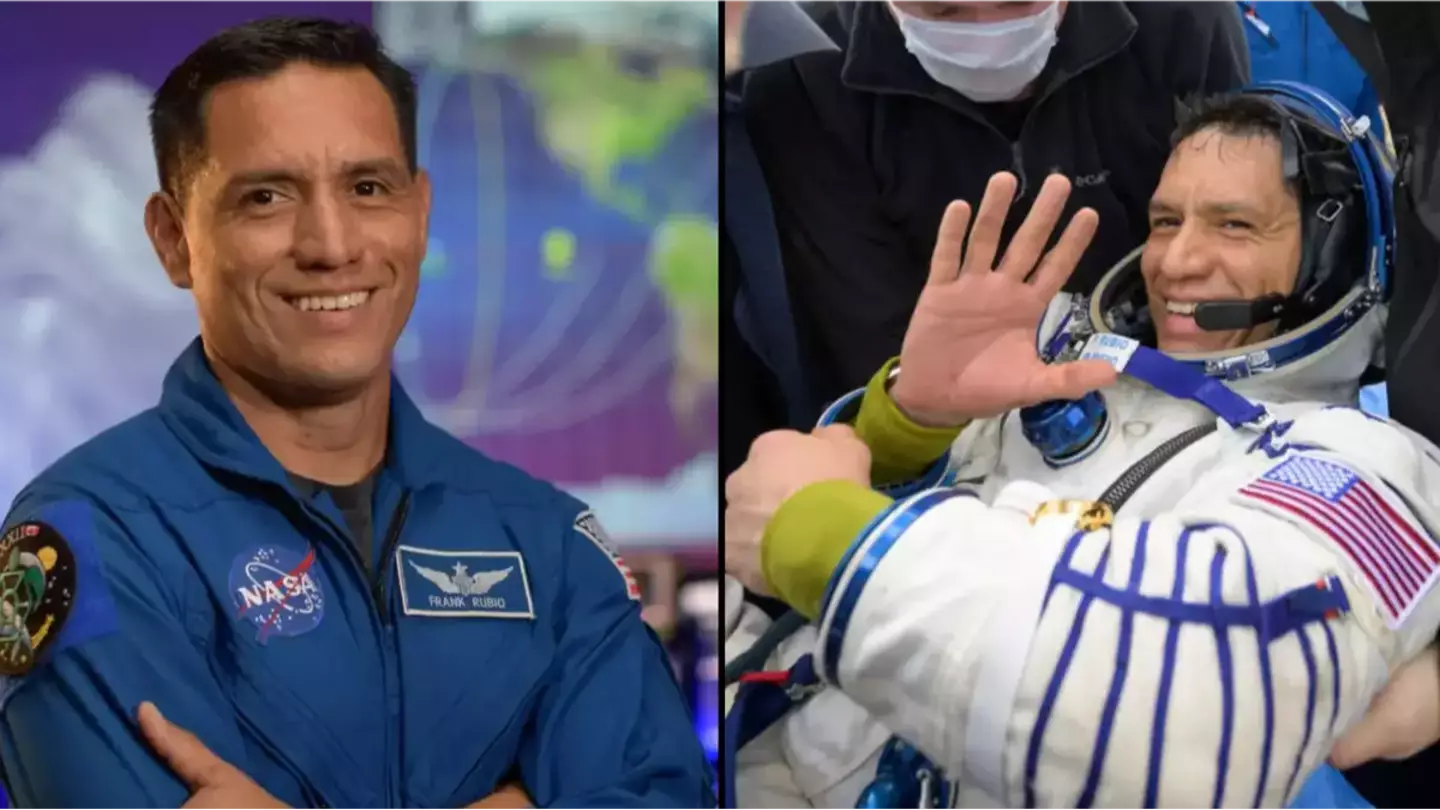
Jess is a Senior Journalist with a love of all things pop culture. Her main interests include asking everyone in the office what they're having for tea, waiting for a new series of The Traitors and losing her voice at a Beyoncé concert. She graduated with a first in Journalism from City, University of London in 2021.
@jessbattison_